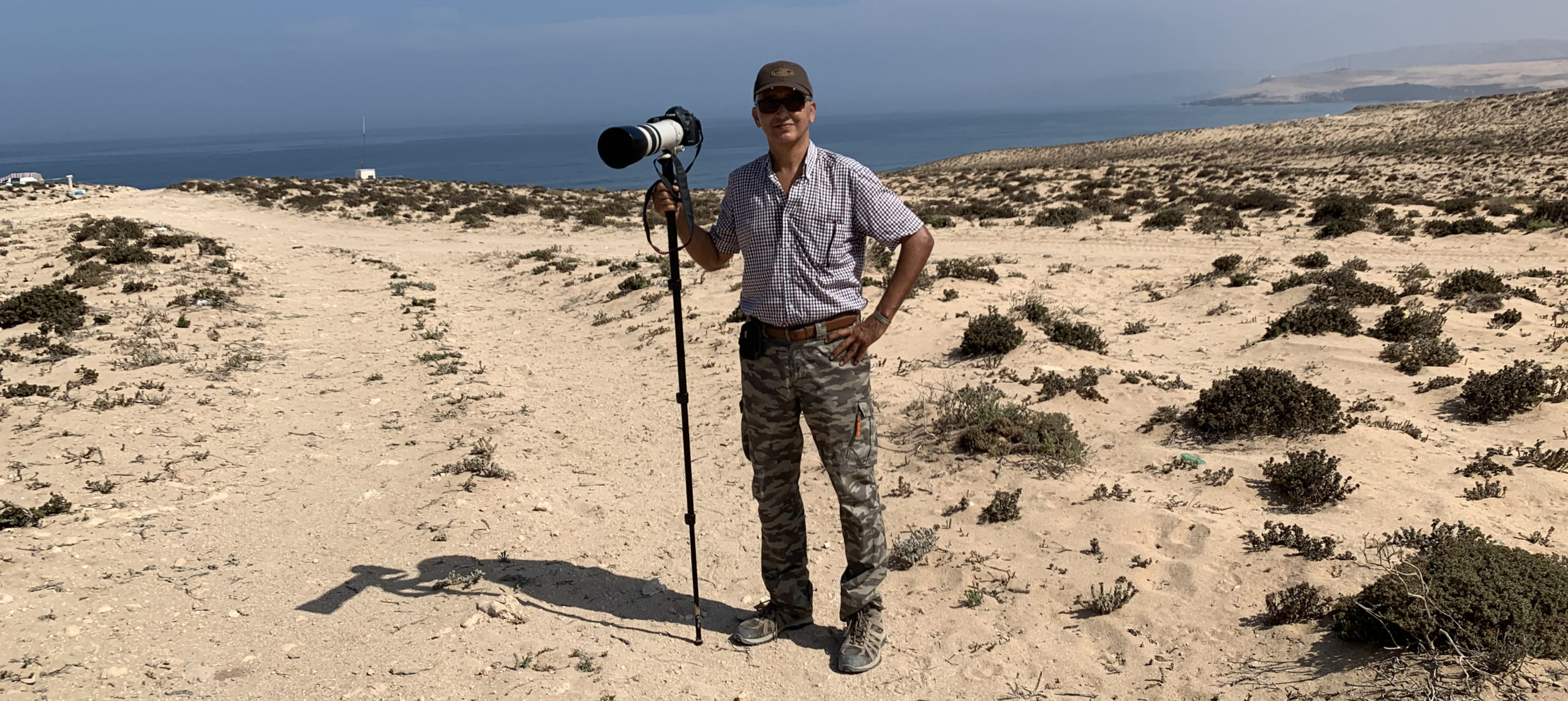BIRTH OF PASSION
Passionate about photography and beautiful landscapes, I made a habit of going regularly to Bouznika beach on the Oued Cherrat side, hoping to succeed in taking some beautiful shots. Generally, I went there on Saturdays at the end of the day. The warm colours that characterize this time of day and the unique compositions offered by the sky every day have always allowed me to achieve my goals. To tell you the truth, most of the work is done by nature, my modest contribution is limited to trying, as much as possible, to restore the beautiful paintings that I have the chance to contemplate every week.
Often, I ended my weekly route by passing by a water point that « doesn’t look like much » and whose appearance and colors change from one Saturday to the next. It is the mouth of Oued Cherrat which is located halfway between Casablanca and Rabat, and more precisely between Bouznika and Skhirat. One evening, I was preparing to capture a sunset that looked promising. The sky was laden with cumulus clouds and the gulls seemed to take part in a broom which only the wind knows the secret of its choreography.
While waiting for the sky to put on its most beautiful adornments to start my photo shoot, I approached the mouth of the river. Love at first sight was almost immediate, and the black stilt that was there certainly had something to do with it. Serene with a slender body, she waddled gracefully, to believe that she is participating in a fashion show. Its only spectators were sluggish sandpipers, who had only one thing in mind: to unearth some invertebrates before nightfall. I did not hesitate for a second, I took some photographs. But the noise caused by the shutter of my old camera scared the chicks away. The black stilt also ended up joining them. The orange yellow light at the end of the day and the reflections of the black stilt on the water allowed me to have beautiful photographs and a new passion was born.
On the strength of this first experience, I went several Saturdays in a row to my little paradise. Unfortunately and without suitable lenses, I had no choice but to get as close as possible to these birds, so I was only able to photograph the less shy of them. At first, it was the black stilts and egrets that gradually got used to my presence, which allowed me to photograph them easily. But the exercise got complicated as soon as I tried to do the same with terns and swallows. The acrobatic figures performed by these birds left my camera’s autofocus system no chance, except when the terns were preparing for a dive by hovering for a few seconds. I made dozens of photographs before having my first clear photos of terns. It is both necessary to have a high speed to avoid the blur and to close the diaphragm as much as possible to have enough depth of field. This exercise becomes more complicated when the light is weak or when you have a low light lens, as it was my case.
The first photographic essays were rather encouraging. And as soon as I viewed my photographs, I realized how lucky I was to be able to approach these beautiful specimens up close. Every week, I went to the mouth, hoping to find there new species of birds. And I have rarely been disappointed! When I returned home in the evening, I hurriedly transferred my many photos to my computer and I lent myself to the exercise of identification, which is not easy at all, since my knowledge of ornithology is limited. While continuing to take pictures of these amazing birds, I cannot help but think about the damage caused by the buildings which started to invade this natural site. If we add to that the carelessness of summer visitors and local residents, we have every reason to worry about the future of this little paradise and these beautiful creatures that future generations will may be not be able to admire.
Abderrahim Derraji
